Early Modernism includes many artistic movements, as each European country had its way of approaching this new movement.
Early Modernism Architecture
During Early Modernism, architecture and design began employing glass and wrought iron, while jewelry saw an increase in semiprecious stones and opals. This style can be distinguished by the following features:
- Curving Lines
- Use of symbols
- Aesthetic sophistication
- Attention to details
- Decorative elegance
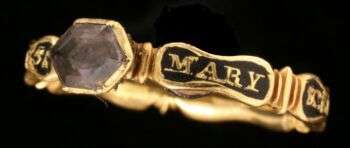
Image source: https://search.creativecommons.org/photos/1c356217-1c36-4045-86b9-4e69807c8b8d by Birmingham Museums Trust, Peter Reavill, 2006-01-18 14:28:43
Victor Horta created Hotel Tassel, located in Brussels, which had a center conservation space with exposed cast-iron supports.
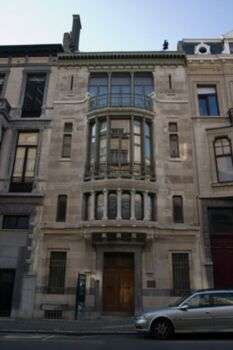
Image source: https://search.creativecommons.org/photos/a36ce38d-f731-4181-81a5-7d1348efc491 by RightIndex
Joseph Maria Olbrich designed the Secession Exhibition Building, located in Vienna, Austria. It was conceived as an exhibition space with a flexible interior. The plan and the forms are all about pure geometry, yet the ornaments are flat stylized organic forms. Additionally, the inscription over the entrance points out the strive to form a representative artistic language.

Image source: https://search.creativecommons.org/photos/31643d3b-5f46-45be-b500-24c494ac407c by avinashbhat
Among the most visited edifices in the world is the Sagrada Familia, which has always been a monumental project. Famous mainly for the height of its spears and by the extravagance of its design, Gaudí took inspiration from nature and the elements. Additionally, the Sagrada Familia is an icon of the spirit.

Image source: https://search.creativecommons.org/photos/eb9ac0e5-9802-467f-81c4-3cbb70450c3d by larrywkoester
The Großes Schauspielhaus, designed by Hans Poelzing, is the great theater of Berlin. Poelzing was a German architect, painter, and set designer. Looking for a solution to modularity and space-related concerns, he created a solid bond between utility and beauty in industrial buildings.
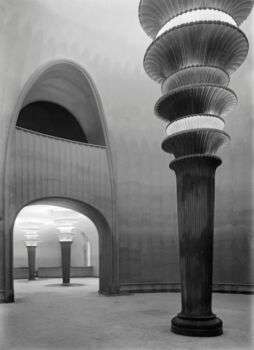
Image source: https://en.wikipedia.org/wiki/Gro%C3%9Fes_Schauspielhaus#/media/File:Berlin_Grosses_Schauspielhaus_Poelzig_Foyer.jpg
Early Modernism Furniture
Furniture from the Early Modernism style features curvy lines to link images in art. Further, it can even be found in beautified plain items, such as dishes, eating utensils, hardware, and other household furniture.
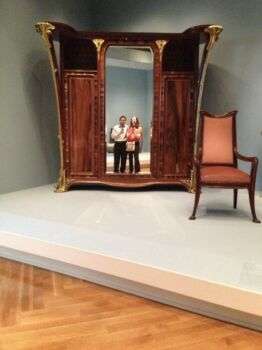
Image source: https://search.creativecommons.org/photos/e080e490-66bd-453c-924f-d8718d0d0358 by brownpau
In interior design, Carlo Bugatti (1855-1940) was one of the most important artist during this movement. The Milan native created expensive pieces of furniture made out of precious wood and deer leather. Moreover, Bugatti’s works showcase the transition from 800’s furnishings to a new modern concept.
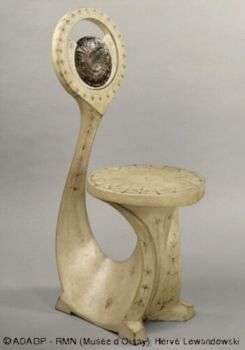
Image source: https://search.creativecommons.org/photos/bd7c6d97-6cad-49d5-8104-d63ce884d4d6 by lartnouveauenfrance
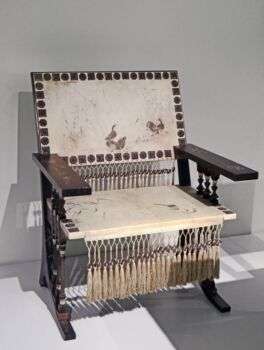
Images source: https://search.creativecommons.org/photos/28735093-d208-4ad0-97e0-e4cffaf0f988 by dalbera
The fight between beauty, utility, comfort, and a bit of luxury are essentials of Modernism, which are evident in the decorations of bourgeois housing. Along with architects, carpenter-decorators became important figures, having commissions from the bourgeois obsessed with the excessive ornamentation of their houses.
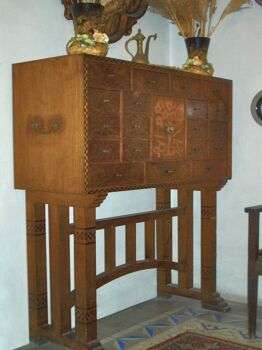
Image source: https://search.creativecommons.org/photos/5bf8a929-79f5-409f-b796-e1104359f55c by Jordi Domènech i Arnau
Early Modernism Artists
Gustav Klimt is famous for his decorative art which resembles of Byzantine Art through its use of gold and semi-precious rocks for ornamentation. Additionally, his art is characterized by a flat appearance, often made rich with biomorphic forms, as exemplified by his masterpiece “The Kiss.”

Image sources: https://search.creativecommons.org/photos/d042af76-a7cd-4489-a251-10551c9890e2 by Tulip Hysteria / Go to albums
Santiago Rusiñol, a Spanish writer and painter, was one of the leaders of the Catalan modernist movement. He influences artists such as Pablo Picasso and designed some modernist structures in Sitges, a little city in Catalonia. Further, he is known for his plays, and landscape and garden paintings.
Matisse was a French painter and sculptor, and one of the most representative artists of Fauvism. His most famous pieces include “The Dance,” “Woman with hat,” and”The Red Room.”

Image source: https://search.creativecommons.org/photos/6193bdf6-924a-4266-a801-aa9059c885e2 by archer10 (Dennis)
Kandinskij, one of the best-known Russian painters, founded “Der Blaue Reiter” (The Blue Rider). He is the author of many historical masterpieces such as “Picture with Archer,” “First abstract watercolor,” and “Accent in pink”.
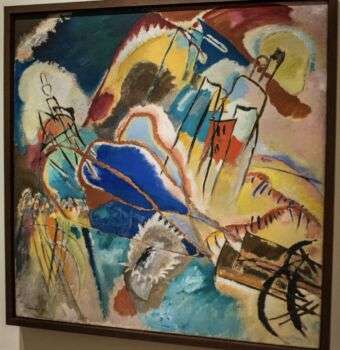
Image source: https://search.creativecommons.org/photos/53897506-22bc-4a2c-ac8b-1bf2fa367759 by Tim Evanson
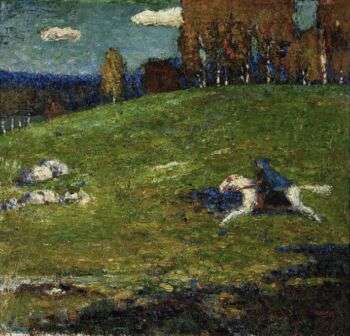
Info sources:
http://arthistoryteachingresources.org/lessons/modern-art-1900-50/
http://www.museunacional.cat/en/interiors-modernisme-gaspar-homar-and-joan-busquets-0
http://www.visual-arts-cork.com/famous-artists/gustav-klimt.htm#painting
